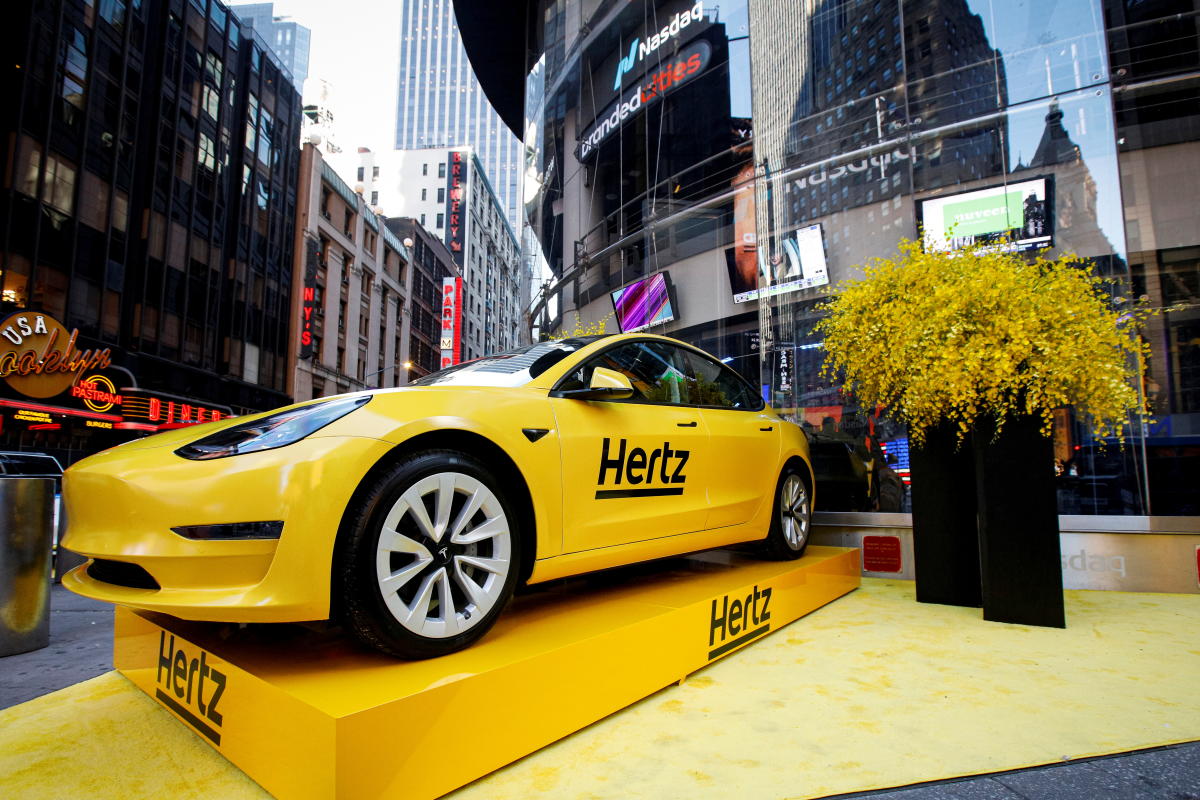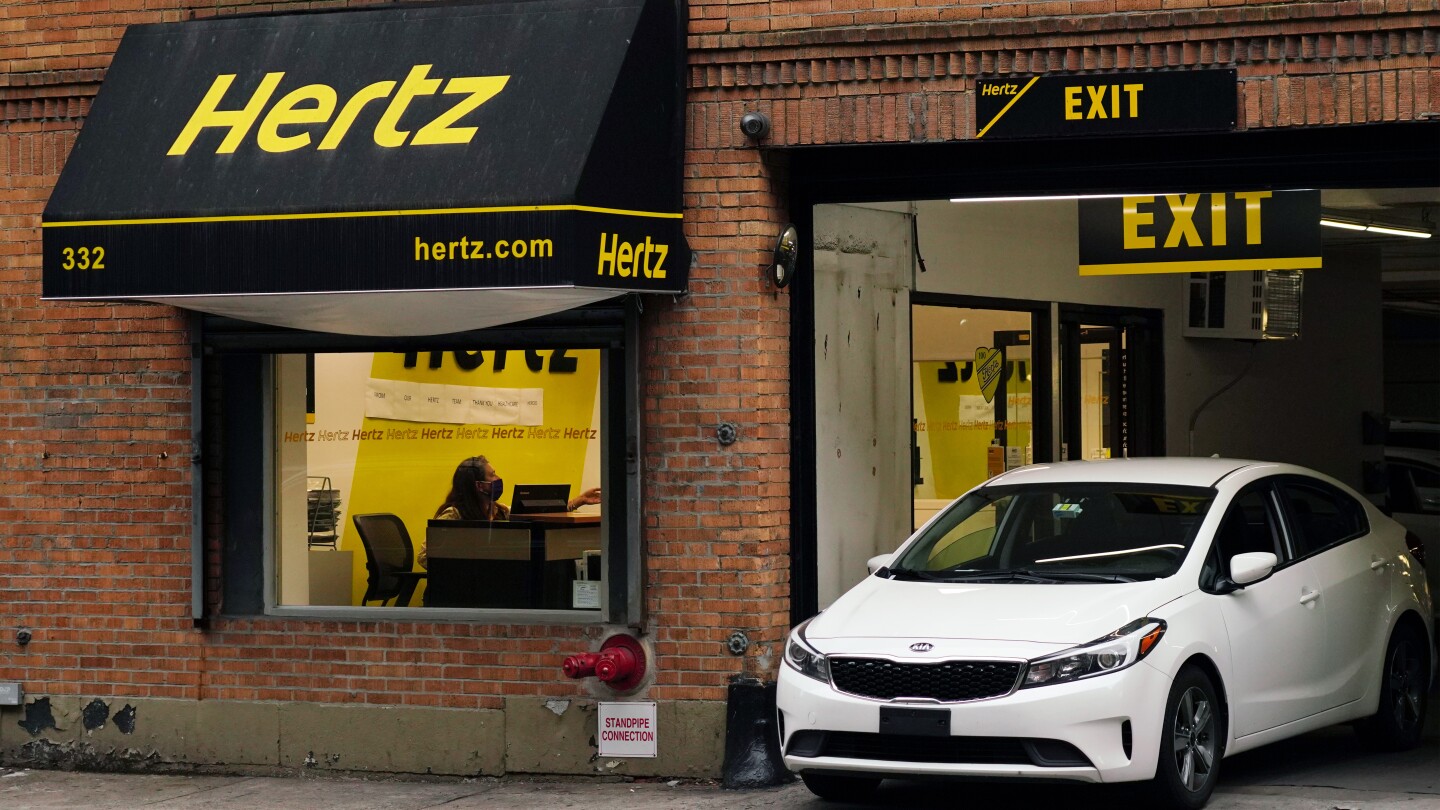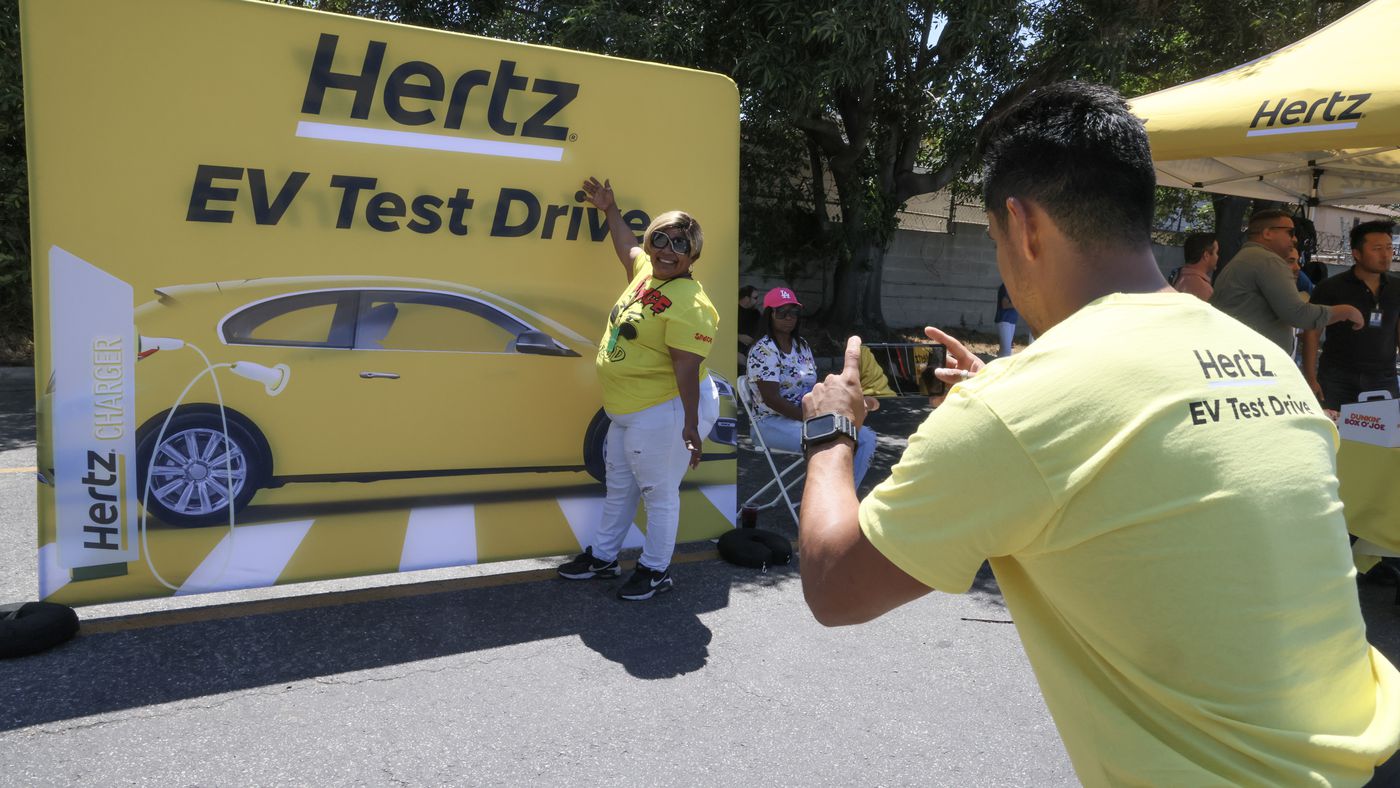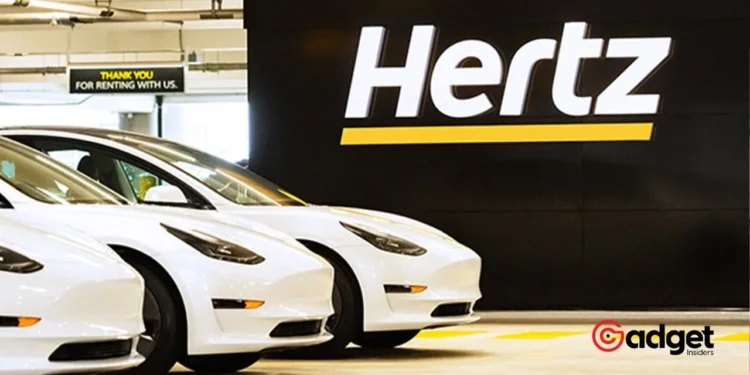As the automotive industry continues to navigate the turbulent transition to electric vehicles (EVs), rental giant Hertz has found itself at the center of a costly transformation. Once heralded as a visionary move, the company’s aggressive push into the EV market has led to significant financial setbacks, with recent reports highlighting a cumulative loss of $440 million attributed to its EV investments.

A Deep Dive into Hertz’s Financial Struggle
Hertz, a leading player in the car rental industry, has reported an alarming $200 million loss stemming from its electric vehicle operations in its latest quarterly financial statement.
This figure adds to an existing deficit from previous quarters, underscoring the challenges Hertz faces as it attempts to modernize its fleet with more sustainable options.
The company’s decision to increase the number of EVs it plans to sell from its fleet reflects a strategic shift but comes at a high cost. This move involved a $195 million charge to vehicle depreciation for writing down the value of EVs held for sale.
Hertz loses another $200 million from its EVs https://t.co/JPAzwxgJkH by @Pras_S
— Yahoo Finance (@YahooFinance) April 25, 2024
Originally, Hertz aimed to sell 20,000 EVs from its fleet, but this target has now expanded to 30,000 units through the end of 2024. The financial impact of these decisions is stark, with a total loss of $440 million incurred from the company’s EV operations to date.
The Impact of Leadership Changes and Market Dynamics
The financial turbulence at Hertz coincides with significant leadership changes. Former CEO Stephen Scherr, who was a strong proponent of the EV shift, was recently replaced by Gil West. West, formerly with GM’s Cruise autonomous unit and Delta Air Lines, inherits a challenging scenario.
His statement in the latest earnings report sheds light on his strategic focus: “Fleet and direct operating costs weighed on this quarter’s performance. We’re tackling both issues — getting to the right supply of vehicles at an acceptable capital cost while at the same time driving productivity up and operating costs down.”

Hertz’s pioneering efforts in the EV market began with much fanfare, including a high-profile marketing campaign featuring former NFL star Tom Brady and a significant purchase of 100,000 Teslas.
This move, made shortly after Hertz emerged from bankruptcy, initially led to a surge in its stock price and boosted Tesla’s market valuation. However, the reality of integrating such a large number of EVs into its operational model has proved more challenging than anticipated.
Market Trends and Consumer Response
While Hertz adjusts its fleet composition, the broader market for EVs continues to grow, albeit at a varied pace. Paul Jacobson, CFO of General Motors, commented on the industry’s dynamics, noting that while there is a slowdown in fleet purchases, retail demand for EVs remains robust.
“We’ve obviously seen a lot of softness in the fleet, particularly on the rental side for EVs, but we see [retail] customers responding,” Jacobson said.

Navigating a Complex Future
Hertz’s journey into the EV market is a vivid illustration of the complexities businesses face when adapting to technological advancements and shifting market demands. The substantial financial losses underscore the risks involved in such large-scale transformations.
As Hertz continues to recalibrate its strategy under new leadership, the industry will be watching closely to see how the company navigates these challenging waters and whether it can turn its pioneering spirit into a profitable venture in the evolving automotive landscape.
Hertz’s story is not just about financial numbers; it is a narrative about adaptation, vision, and the steep learning curve associated with integrating cutting-edge technologies into traditional business models.
As the company looks to the future, the lessons learned from its current challenges will undoubtedly shape its strategies and potentially set a precedent for others in the industry to follow.










